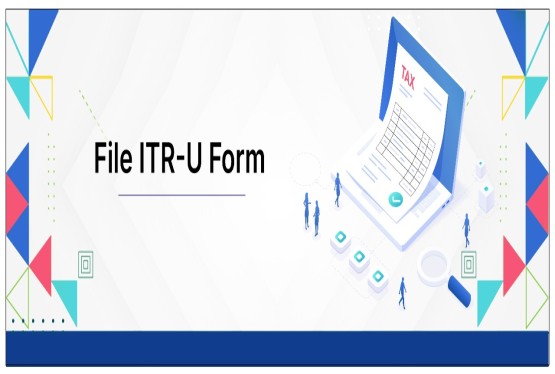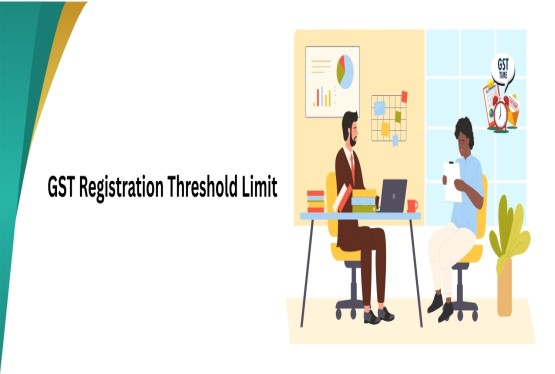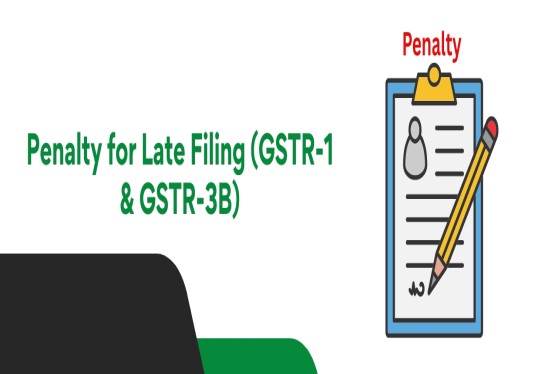Goods and Services Tax (GST) is one of India’s most impactful tax reforms, aimed at unifying the country’s indirect tax system and ensuring consistency across states. Among the many sectors influenced by GST, the food industry stands out due to its daily relevance. This sector covers both packaged food items and services offered by restaurants, making it a crucial area for both consumers and business owners. Since food is a necessity, any change in its taxation directly affects household budgets and operational costs for restaurants. GST has introduced greater transparency but also brought new compliance responsibilities for the food and hospitality industry.
What is GST on Food Items and Restaurants
GST on food items varies from 0% to 28% based on the type and processing level. Essential unbranded foods like fruits, vegetables, and grains are exempt (0%), while packaged and processed items attract 5% to 18%. Luxury items like chocolates and aerated drinks are taxed at 28% of the cess. Restaurant services are taxed at 5% without ITC for most cases, while restaurants in luxury hotels and outdoor catering attract 18% with ITC. GST aims to streamline tax, but denial of ITC for many food services affects cost efficiency.
GST Rules for Restaurants in India
The Goods and Services Tax (GST) system has introduced a uniform and transparent tax structure for various sectors, including the food and hospitality industry. Restaurants, being a vital part of the consumer service chain, are governed by specific GST rules that regulate tax rates, eligibility for Input Tax Credit (ITC), registration, and compliance. These rules are designed to streamline taxation, reduce evasion, and promote ease of doing business. Here's a complete explanation of the GST rules applicable to restaurants in India.
1. GST Registration for Restaurants: Every restaurant with an annual aggregate turnover exceeding Rs.20 lakhs (Rs.10 lakhs in special category states) must mandatorily register under GST. Voluntary registration is also permitted for those who wish to benefit from formalization or expand their services through online food delivery aggregators. Restaurants operating in multiple states are required to obtain separate GST registrations for each state.
2. GST Rates Applicable at Restaurants: GST at restaurants varies by model. Standalone restaurants, AC or non-AC, attract 5% GST without ITC. Restaurants in hotels with room tariffs above Rs.7,500 are taxed at 18% with ITC benefits. Outdoor catering services also fall under the 18% slab with ITC allowed. Cloud kitchens, which prepare food only for delivery, are taxed at 5% without ITC. Ice cream parlors are treated differently—they sell pre-made products, not freshly prepared food, and hence attract 18% GST with ITC eligibility. These rules aim to differentiate service-based dining from food retail and ensure proper tax credit flow where applicable.
3. Input Tax Credit (ITC) Rules: Input Tax Credit (ITC) is crucial in GST compliance. Restaurants charging the concessional 5% GST rate cannot claim ITC on capital goods or input services like rent, raw materials, or utilities, increasing their operational costs. In contrast, businesses charging 18% GST, such as luxury hotel restaurants and catering services, are allowed to claim ITC. This enables them to reduce their tax liability by setting off the GST paid inputs against their output GST, improving cost efficiency and profitability.
4. Composition Scheme for Small Restaurants: To simplify compliance with small restaurants, the government allows them to opt for the Composition Scheme under GST. This scheme is applicable to restaurants with an annual turnover of up to Rs.1.5 crore. Under this scheme, restaurants pay tax at a flat rate of 5% (2.5% CGST + 2.5% SGST) on their turnover.
While opting for the Composition Scheme, restaurants cannot collect tax from customers or issue tax invoices. They are also not permitted to claim Input Tax Credit. Businesses under this scheme are required to file quarterly returns using Form CMP-08 and an annual return using Form GSTR-4.
5. Invoicing and Billing Rules: Restaurants registered under GST are required to issue tax invoices for every taxable transaction. The invoice must include essential details such as the restaurant’s GSTIN, invoice number, date, customer information (if applicable), HSN codes, and GST amount. If the restaurant is under the Composition Scheme, it must issue a bill of supply instead of a tax invoice and cannot show tax separately.
For businesses with turnover exceeding the prescribed limit (currently Rs.5 crore), e-invoicing may become mandatory, though most restaurants fall outside this threshold. However, larger chains or franchise networks may need to comply.
6. GST on Online Food Delivery Services: As per the changes implemented from January 1, 2022, online food delivery platforms like Swiggy and Zomato are required to collect and pay 5% GST directly to the government on behalf of the restaurants listed on their platforms. This applies only when the restaurant is not separately registered under GST.
This move aims to curb revenue leakage and ensure better compliance with the food delivery ecosystem. The tax is collected by the aggregator at the point of sale and remitted to the government, easing the burden on small and unregistered restaurants.
7. Filing Requirements for Restaurants: Registered restaurants are required to file GST returns either monthly or quarterly, depending on their annual turnover. Regular taxpayers must file GSTR-1 for reporting outward supplies and GSTR-3B for summarizing tax liabilities. Both GSTR-1 and GSTR-3B are to be filed together as part of regular compliance. Restaurants opting for the QRMP (Quarterly Return Monthly Payment) scheme can file GSTR-1 and GSTR-3B on a quarterly basis while making monthly tax payments.
Restaurants under the Composition Scheme file quarterly returns in Form CMP-08 and an annual return in GSTR-4. All returns must be filed within prescribed timelines to avoid penalties, interest, or cancellation of registration.
8. Reverse Charge and Special Considerations: In certain situations, restaurants may be required to pay GST under the Reverse Charge Mechanism (RCM). This typically includes services provided by unregistered transporters, lawyers, or in specific notified cases. Under RCM, the restaurant must pay GST directly to the government and later record it in its returns.
Another special scenario involves restaurants that serve both food and alcoholic beverages. Since alcohol is excluded from GST and taxed under state excise laws, restaurants must clearly bifurcate invoices to show GST on food and excise duty on liquor.
9. Compliance and Display Requirements: Restaurants must prominently display their GST registration certificate and GST rates charged on menus or bills. Non-compliance, incorrect invoicing, or failure to file returns can lead to penalties, interest, and even cancellation of GST registration. It is also essential to maintain proper records of all transactions, stock registers, and purchases to ensure transparency during audits.
GST Rates on Food Items, Beverage Services, and Accommodation
|
Category |
Description |
GST Rate |
Input Tax Credit (ITC) |
|
Unprocessed Food Items |
Fresh fruits, vegetables, milk, salt, eggs, grains (unbranded, unpacked) |
0% |
Not Applicable |
|
Packaged Essential Food Items |
Branded/packaged rice, wheat, pulses, flour, sugar, tea |
5% |
Not Allowed |
|
Processed Food Items |
Frozen vegetables, edible oil, packaged butter, paneer |
5% |
Not Allowed |
|
Preserved & Ready-to-Eat Foods |
Fruit juices, preserved vegetables, instant foods |
12% |
Allowed |
|
Luxury/Indulgent Foods |
Chocolates, cakes, pastries, flavored milk, ice cream |
18% |
Allowed |
|
Aerated Beverages & Soft Drinks |
Cola, soda, energy drinks |
28% + Cess |
Allowed |
|
Standalone Restaurants |
Non-AC or AC restaurants (not in hotels with tariff > Rs.7,500) |
5% |
Not Allowed |
|
Restaurants in Hotels |
Hotels with room tariff above Rs.7,500 |
18% |
Allowed |
|
Outdoor Catering Services |
Catering for events, banquets, etc. |
18% |
Allowed |
|
Cloud Kitchens |
Online-only food delivery kitchens |
5% |
Not Allowed |
|
Ice Cream Parlors |
Selling pre-manufactured ice cream |
18% |
Allowed |
|
Sweet Shops with Dining |
Sale of sweets (goods) + dine-in (service) |
5%/12% (bifurcated) |
Partially Allowed |
|
Accommodation ≤ Rs.1,000 |
Budget rooms |
Exempt |
Not Applicable |
|
Accommodation Rs.1,001–Rs.7,500 |
Mid-range hotel rooms |
12% |
Allowed |
|
Accommodation > Rs.7,500 |
Luxury hotel rooms |
18% |
Allowed |
Impact of GST on the Food Industry
1. For Consumers: GST has had a mixed impact on the food industry. While essential food items like fruits, vegetables, and milk are either exempt or taxed at lower rates, restaurant services and processed foods have become more expensive. Dine-in customers now pay 5% GST at regular restaurants and up to 18% at high-end establishments, leading to higher food bills and reduced affordability for some segments of consumers.
2. For Businesses: Small restaurants benefit from the simplified 5% GST rate, but their inability to claim Input Tax Credit (ITC) raises their operational costs. In contrast, larger players taxed at 18% can claim ITC, helping them offset input costs. This enables them to invest more in infrastructure, quality, and service improvements, giving them a competitive edge over smaller establishments.
3. For the Government: GST has increased transparency in the food sector. The inclusion of delivery platforms under GST has improved compliance and widened the tax base. GST has increased transparency in the food sector by standardizing tax rates and billing. The inclusion of online food delivery platforms like Swiggy and Zomato under GST has improved tax compliance and helped widen the tax base. This move ensures that taxes are collected at the point of consumption, promoting fair competition between dine-in and delivery-based food services while bringing more businesses into the formal tax system.
Recent Developments and Clarifications
-
GST on delivery apps: Platforms like Zomato and Swiggy must pay 5% GST directly, even if the restaurant is unregistered.
-
Service Charge vs GST: Service charge levied by restaurants is not subject to GST unless it forms part of the invoice. A separate service charge is not considered a taxable supply under GST.
-
Packaged food and branded products: Businesses removing their brand name from packages to avoid GST have been scrutinized, and the GST law has been amended to consider even “deemed branding” (through logos, certification marks, or company names).
Final Thought
GST has transformed the food and restaurant industry in India by introducing uniformity, reducing cascading taxes, and simplifying compliance. While essential unprocessed food remains tax-free to protect consumer interests, processed and premium items attract moderate to high rates. Restaurants enjoy simplified taxation, though at the cost of Input Tax Credit. Overall, the GST regime seeks to balance consumer affordability with revenue generation, making the food industry more formal and accountable.
Businesses in this sector must stay updated on tax rate changes, compliance rules, and GST Council notifications to ensure seamless operations and avoid penalties. With growing consumer demand and increasing digitization, the food sector under GST will continue to evolve—offering opportunities as well as regulatory challenges for stakeholders.
If you have any queries regarding GST on Food Items and Restaurants, then you can connect with Compliance Calendar LLP experts through email info@ccoffice.in or Call/Whatsapp at +91 9988424211.
Frequently Asked Questions
Q1. Is GST on labour charges 12% or 18?
Ans. GST on labour charges depends on the nature of the service. Pure labour contracts for construction under government schemes are taxed at 12%, while general labour services usually attract 18% GST.
Q2. What food items are zero GST?
Ans. Food items like fresh fruits, vegetables, unbranded rice, wheat, pulses, milk, curd, eggs, salt, and jaggery are taxed at 0% GST, making them affordable for daily consumption.
Q3. How is GST applied to restaurant bills?
Ans. GST on restaurant bills depends on the type of establishment. Standalone restaurants charge 5% GST without Input Tax Credit (ITC), while restaurants in luxury hotels (room tariff above Rs.7,500) charge 18% GST with ITC benefits.
Q4. What is the GST rate on essential food items?
Ans. Essential food items like milk, fruits, vegetables, and cereals attract 0% GST, helping keep daily essentials affordable and reducing the burden on consumers.
Q5. What is the GST rate for restaurants?
Ans. Standalone restaurants are charged 5% GST without Input Tax Credit (ITC), while those in luxury hotels (room tariff above Rs.7,500) are taxed at 18% with ITC.
Q6. Is GST applicable on food delivery apps like Zomato and Swiggy?
Ans. Yes, from January 1, 2022, food delivery platforms like Zomato and Swiggy are required to collect 5% GST directly on food orders made through their apps.
Q7. Can restaurants claim Input Tax Credit (ITC)?
Ans. Only restaurants charging 18% GST, like those in luxury hotels or catering services, are eligible to claim Input Tax Credit (ITC). Restaurants charging 5% GST are not allowed to claim ITC.
Q8. What is the GST rate on packaged food items?
Ans. Packaged and branded food items such as snacks, biscuits, and ready-to-eat meals are usually taxed at 12% or 18% under GST, based on the product type and classification.









_crop10_thumb.jpg)




































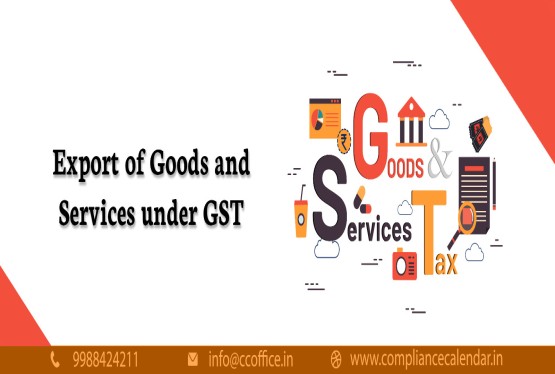













































_for_FY_2025-26_crop10_thumb.jpg)



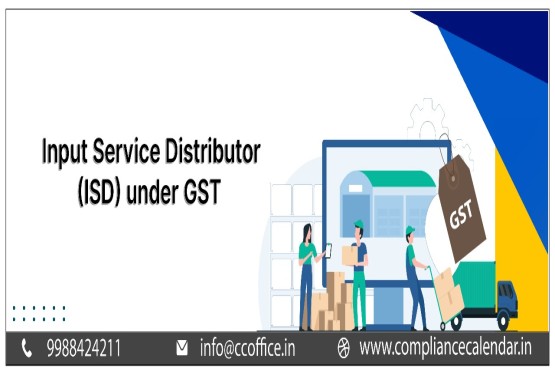








_learn_crop10_thumb.jpg)








_Filing_Due_Dates_for_FY_2024-25_learn_crop10_thumb.jpeg)
